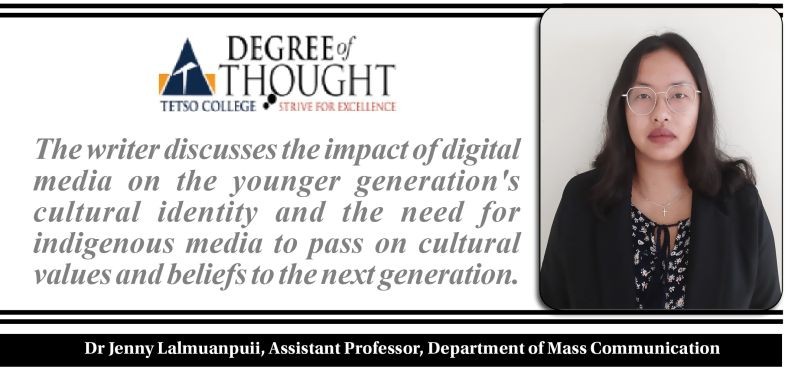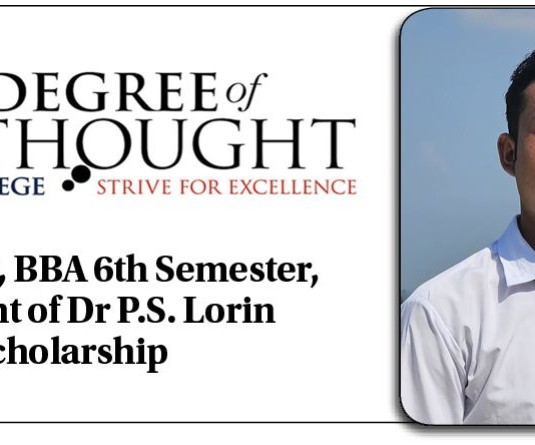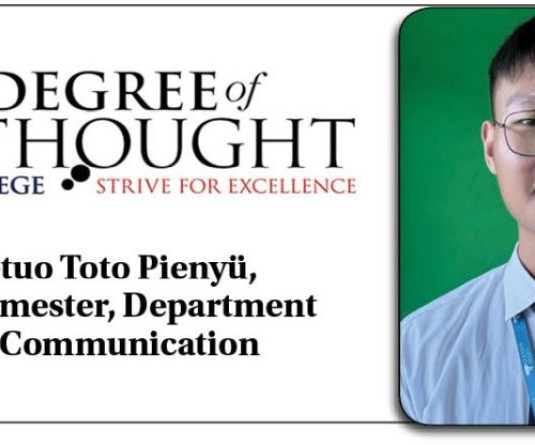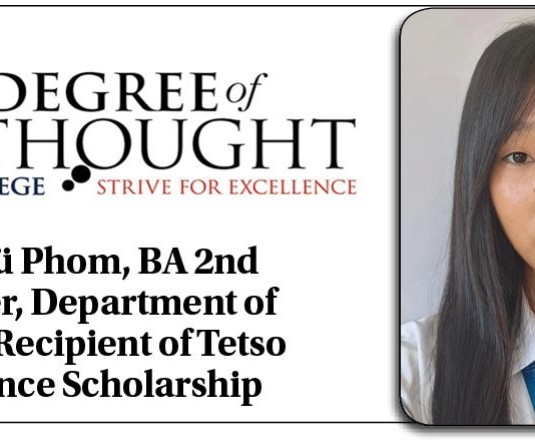
When I was a child, my mother would tell me stories and fables that originated from the Mizo past and history. One story that I particularly loved was "Liandova te Unau". It is a moral tale about two orphan brothers who struggled in life and later became wealthy after discovering a gem inside a python. The story ultimately highlights the love they had for each other, and their virtue and humility. Like other communities in Northeast states, the Mizos are storytellers. Our culture places great emphasis on the importance of moral values and lessons, which are often passed down through stories and songs. As a result, storytelling remains a vital part of our community and a cherished tradition that connects us to our past. The millennials, our generation, are raised by parents and elders that lived during the insurgency or locally preferred term “Rambuai" which means “troubled land", and our parents would share their stories of suffering, including the bombing of Aizawl and the village regrouping. These stories have stayed with us and continue to shape who we are today.
The millennials are also referred to as the first digital natives, the first generation that grew up alongside digital media, which has undoubtedly influenced us in many ways. However, I believe that the idea that millennials are deeply shaped by technology is overstated, at least in small communities like ours. Unlike the younger generation, Gen Z and Gen Alpha we did not have easy access to technology and the internet during our childhood. For instance, we usually had only one TV in the living room, and we took turns watching it and not only that all our neighbors would come to our house on Sunday evening to watch films rented by my father. Since the screen was visible to everyone, parental control was easier compared to today's individualized screen time and social media. Although we grew up alongside technology and digital media, our parents and community still had a larger control in shaping our beliefs, values, and worldview.
Today's younger generation on the other hand have easy access to almost everything, and it is common for children to have mobile phones at a young age. This abundance of easily accessible content has its benefits but also makes it challenging to control and monitor the vast flow of information. We are currently living in an era of information overflow, and that means that anyone can create content, and anyone who has access to digital media has the power to shape the attitudes and behaviors of children at home. While many parents are actively involved in monitoring the content their children are watching, even setting phone limits and filters, children are spending more time in front of screens than ever before. And even if parents are selective about what their children watch, the message and meaning of the platform remain out of their control.
It's important to recognize the content that children are consuming often falls short when it comes to representing diverse cultures and communities. And although digital media have empowered children in education and in many ways, the attention of children has to be wrestled between the parents and digital media. As new media and technology continue to shape the identity and moral beliefs of children, it becomes increasingly difficult for parents to control the consumption of information.
This can lead to a loss of cultural identity and a disconnection from their roots. In this context, an alternative form of media is needed, one that speaks to the values, beliefs, and cultural identity of a community. Indigenous media is the use of modern media techniques by indigenous peoples to present themselves in a way that is frequently ignored or adversely portrayed in mainstream media. Folk media, such as storytelling, can be transformed into indigenous media, serving as a powerful tool for transmitting cultural knowledge and identity from one generation to the next. By telling our own stories and representing our own history, we can help the younger generation remember their roots and provide them with a sense of belonging in a world that is becoming increasingly diverse and fragmented.
The Degree of Thought Column is a weekly community column initiated by Tetso College in partnership with The Morung Express. The column explored contemporary social, cultural, political, and educational issues and challenges around us. However, the views expressed here do not reflect the opinion of the institution. Tetso College is a NAAC-accredited, UCG-recognized Commerce and Arts college. Currently, the Degree of Thought Column is managed by the department of Mass Communication, and the editorial team are Dr Jenny Lalmuanpuii, KC Gabriela and Rinsit Sareo. For feedback or comments, please email:dot@tetsocollege.org.






